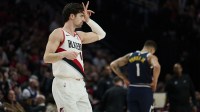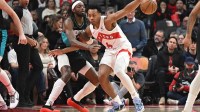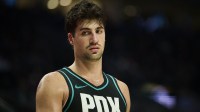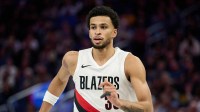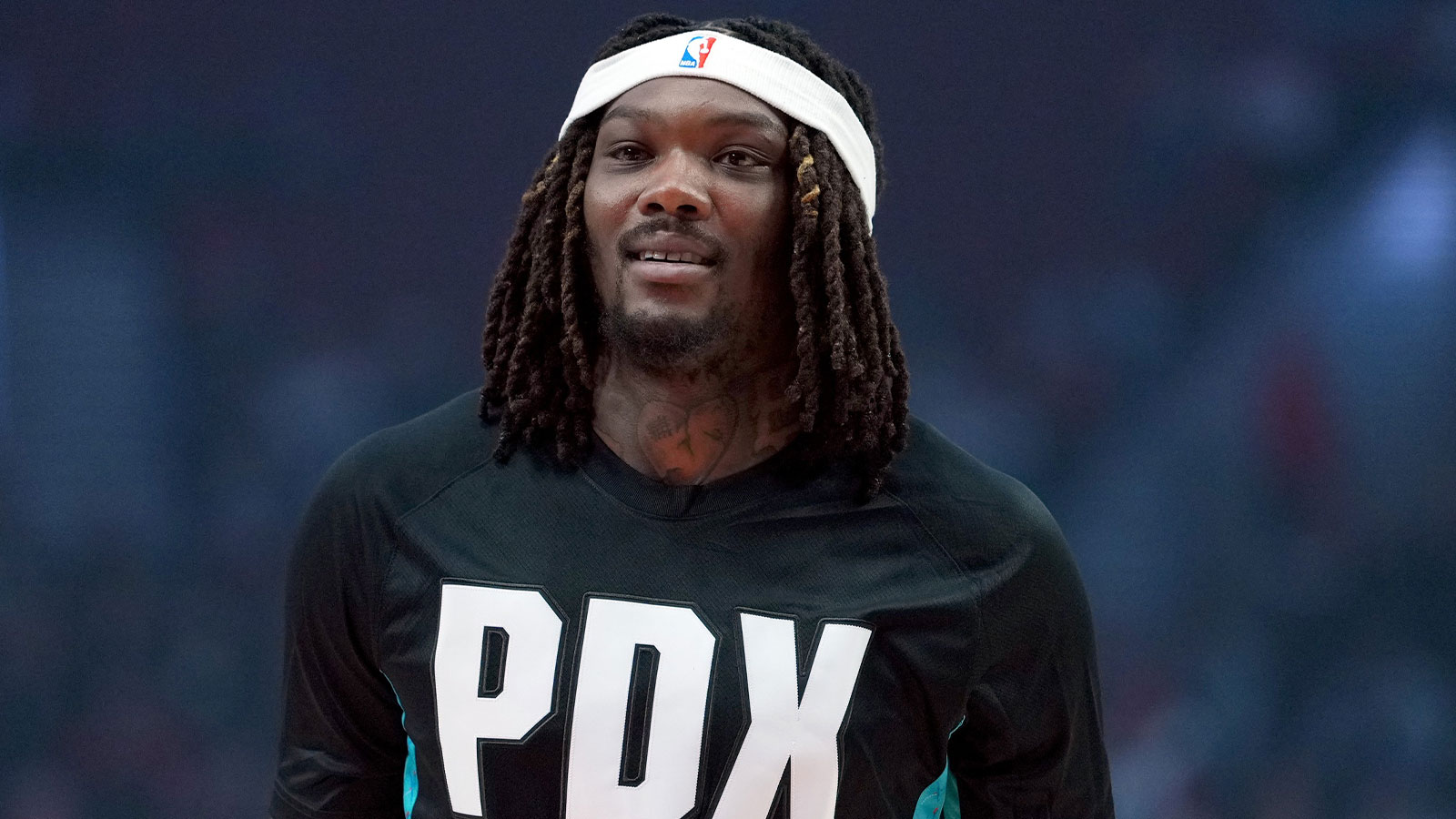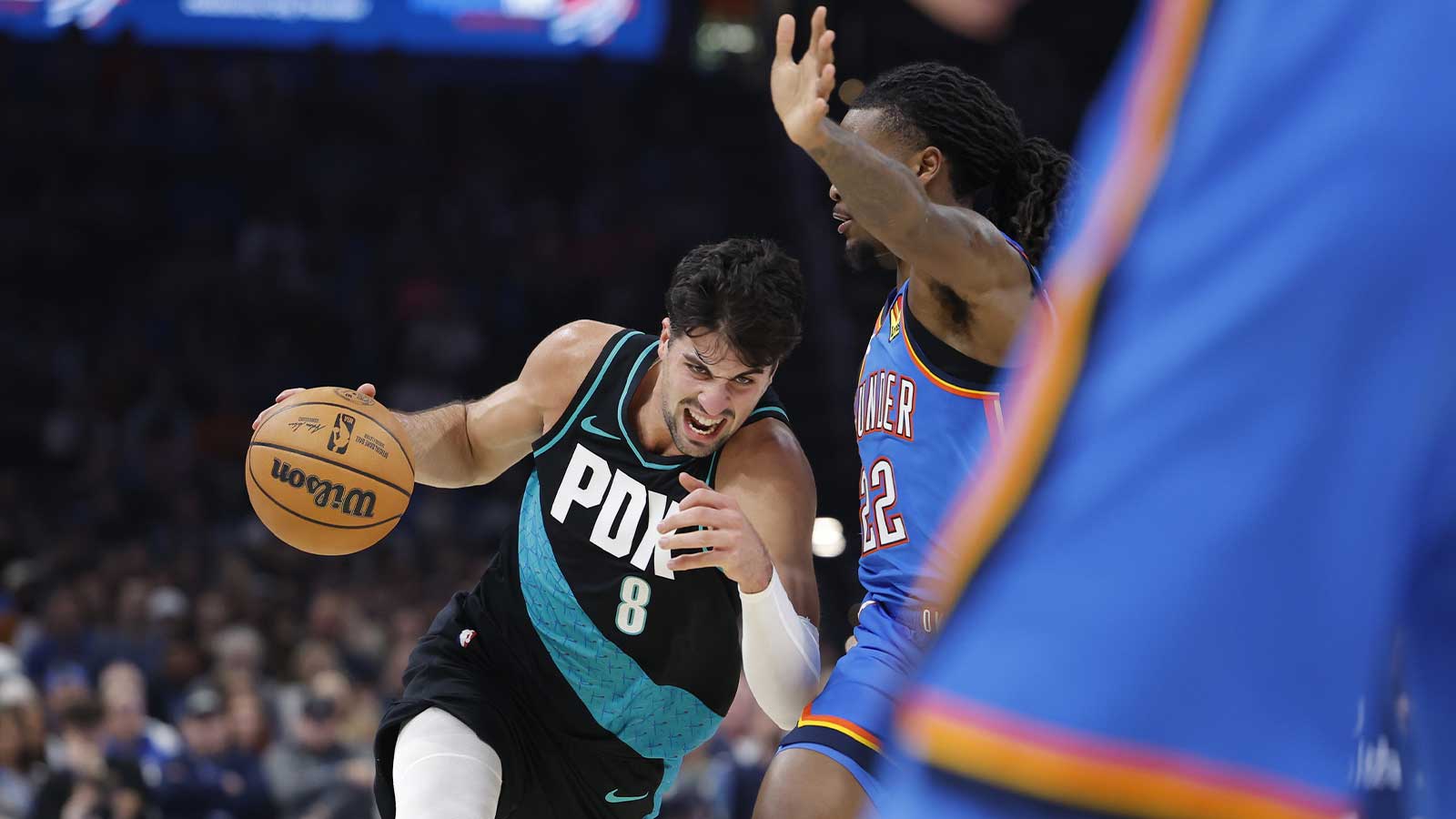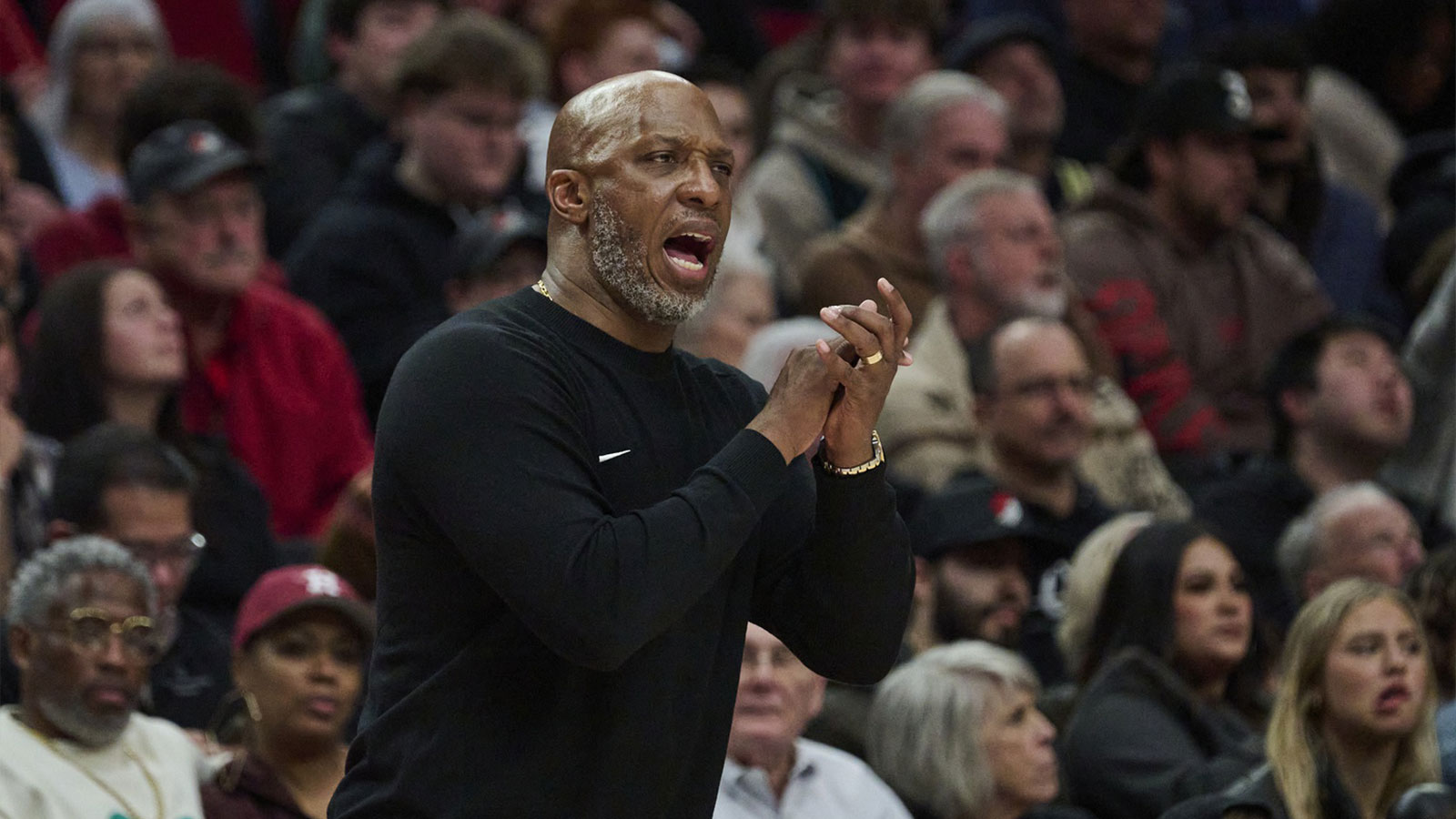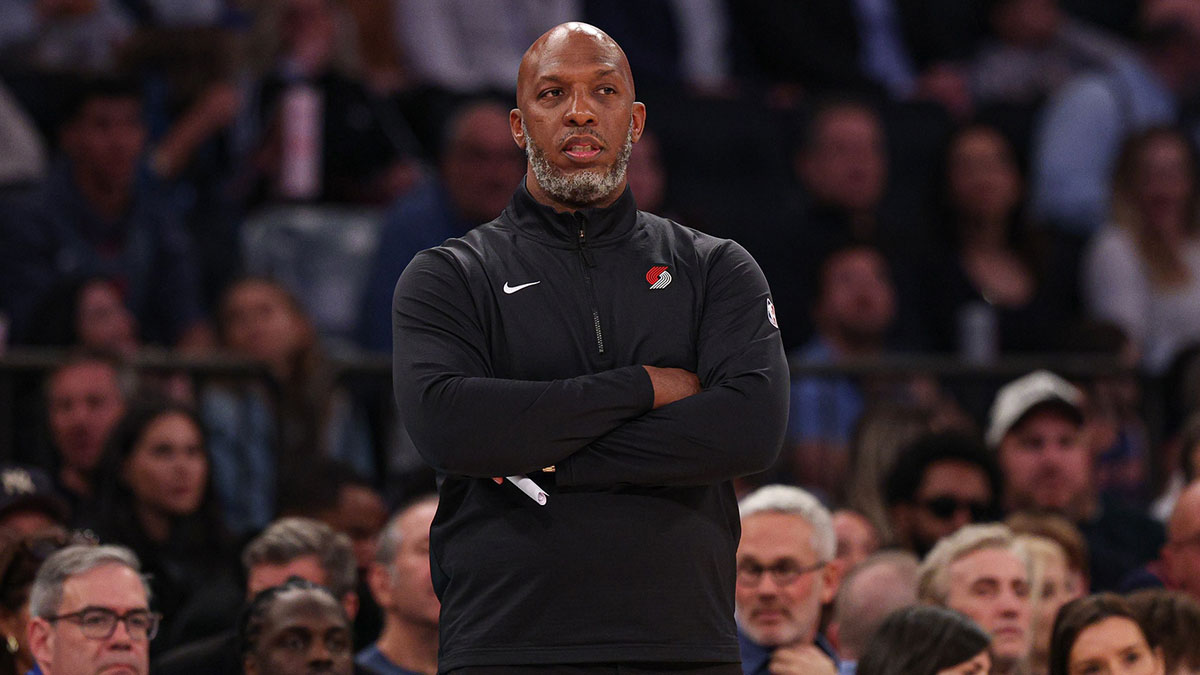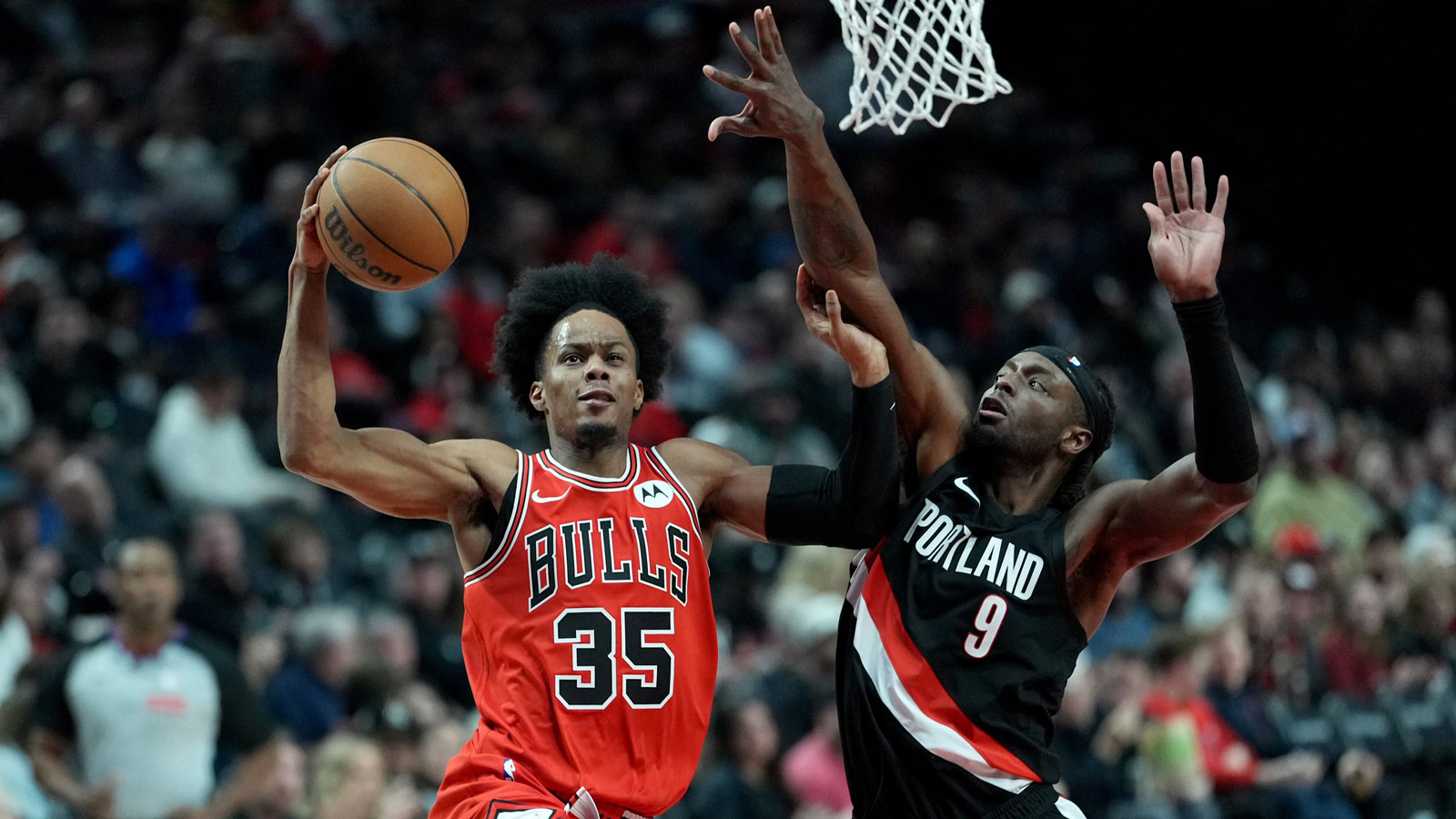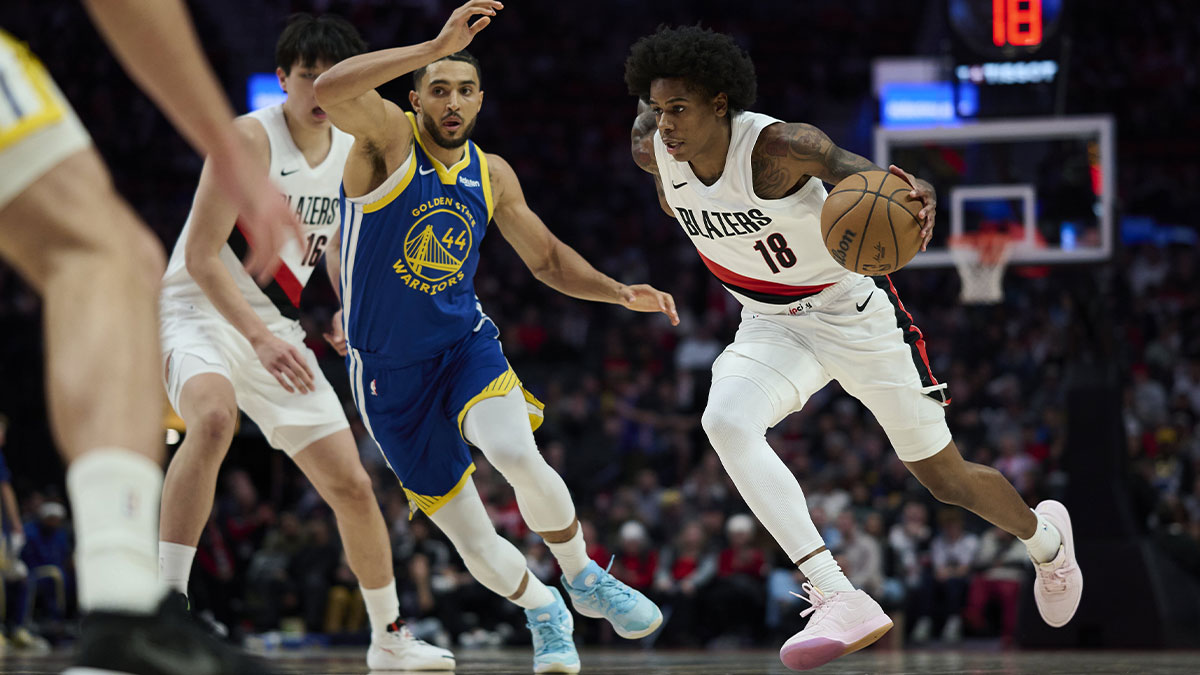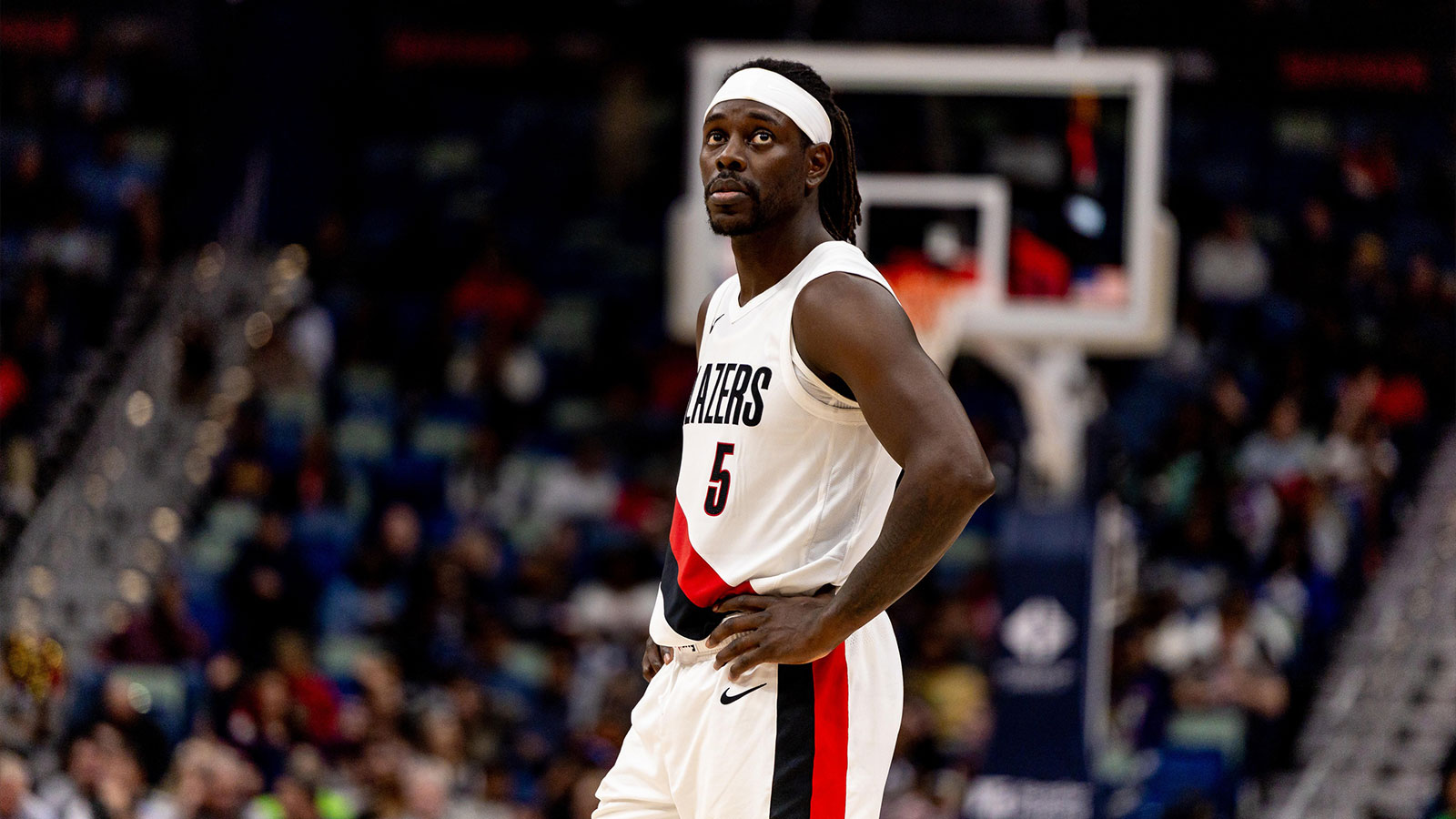The Portland Trail Blazers are finally moving forward, at least on paper. After four consecutive seasons without a playoff appearance, they’ve pivoted toward a new identity that blends the promise of youth with the leadership of veterans. The return of Damian Lillard, the acquisition of Jrue Holiday, and the selection of Chinese phenom Yang Hansen have added stability, defense, and maturity to a roster centered around Scoot Henderson and Shaedon Sharpe.
Yet despite the positives, Portland’s offseason feels incomplete. Not because they didn’t add talent, they did, but because they failed to take full advantage of their flexibility and timing. Specifically, the Trail Blazers should have traded Jerami Grant and Robert Williams III this summer.
1 move the Trail Blazers should've made this offseason
General manager Joe Cronin has made it clear: “It’s winning time in Portland.” But after this summer’s moves, it's difficult to know exactly what that means. Lillard’s return signals a competitive push, while the presence of high-upside youngsters like Henderson, Hansen, and Sharpe signals development and patience. In that sense, this isn’t a teardown or a full rebuild; it’s a hybrid retool.
Portland showed signs of promise late last season, finishing 13-15 after the All-Star break and ranking fifth in defensive rating over that stretch. With most of that core returning, plus the additions of size and toughness, there’s genuine reason for optimism. But keeping players like Jerami Grant and Robert Williams III around complicates the outlook: financially, developmentally, and strategically.
Jerami Grant’s five-year, $160 million contract is one of the most polarizing in the league. In a vacuum, Grant is a solid two-way forward who averages 20 points per game and spaces the floor. But Portland gave him a near-max deal in 2023 to convince Lillard to stay, and it didn’t work. By the time Dame was traded to Milwaukee, the Trail Blazers were already stuck with a bloated long-term contract for a player not aligned with their timeline.
nah man jerami grant wasn’t even good last year & the blazers gave him such a fire mixtape
lakers social media gotta lock in pic.twitter.com/xpZH6DlYdc
— Coach Rome (@Rome_Beast) July 7, 2025
Grant has not played more than 63 games since the 2019–20 season and appeared in just 47 games last year before being shut down. Now entering Year 3 of his contract, the veteran forward is almost certain to pick up his player option for the 2027-28 season, given his injury history and declining trade value.
The time to move him was this summer, when teams are flush with cap space and the buzz of free agency makes front offices more aggressive. Multiple contenders needed versatile forwards, and even if the Blazers had to attach a second-round pick or take back shorter contracts, the financial freedom and roster clarity they’d gain would’ve been worth it.
Instead, Portland held on, hoping either for a better offer at the deadline or for Grant to rebuild his value. The risk is obvious: more injuries, fewer suitors, and further clogging of minutes that could go to Sharpe, Toumani Camara, or Kris Murray.
The case for trading Robert Williams III is even simpler. His injury history is extensive and well-documented, and at this point, the notion that he can be a long-term anchor at center is more theoretical than practical.
Acquired in the Jrue Holiday trade with Boston in 2023, Williams is entering the final year of a four-year, $48 million deal. That expiring salary, $12 million, should’ve been a useful trade chip this offseason. Plenty of contenders (Milwaukee, Sacramento, Dallas) were looking for affordable bigs, and even with health concerns, Williams could have fetched a future pick or young prospect from a team desperate for rim protection and playoff-ready defense.
Instead, Portland has chosen to keep him, knowing full well that he might not stay healthy or even make it to the trade deadline. Worse, his presence will likely force Yang Hansen, a lottery pick and a 7-foot unicorn-type big man, to either share minutes or develop behind an unreliable veteran.
By not moving Williams in July, the Trail Blazers also lost leverage. Trade partners in February know Portland has fewer suitors, tighter timelines, and less optionality. And if Williams suffers another major injury before then? He becomes unmoved.
The cost of indecision for Portland
So far, Portland’s front office has walked a tightrope, one foot in the future, the other in the present. That’s not always a bad thing; teams like Oklahoma City and Orlando have done it with great success. But the difference lies in decisiveness. The Thunder moved off veterans like Chris Paul and Steven Adams when the time was right. The Magic let Terrence Ross and Nikola Vučević go to make room for Paolo Banchero and Franz Wagner.
Portland has failed to do the same. While Dame’s return is emotionally satisfying and Holiday’s leadership is valuable, neither player is guaranteed to stay healthy or produce at an All-Star level for the full season. Meanwhile, the team’s young core: Scoot, Sharpe, and Hansen, needs on-ball reps, closing minutes, and the freedom to play through mistakes. That becomes harder when Grant is demanding shots and Williams is clogging the rotation at center.
By trying to keep everyone happy, the Trail Blazers risk stunting their growth. And worse, they risk falling into the dreaded NBA middle: not bad enough to draft high, not good enough to win.
To be clear, the Blazers didn’t need to trade both Grant and Williams this summer, but they should’ve moved at least one. The smarter move would have been to trade Jerami Grant, even at a slight discount.
Removing his salary from the books would have opened up over $30 million in future cap flexibility by 2026. It would have allowed the team to prioritize wing development. And it would’ve sent a strong message about the franchise’s direction: that Portland is building around Henderson, Sharpe, and Hansen, not chasing wins with aging veterans.
Grant still has value in the right context. He could help a playoff team right now, especially if Portland had been willing to take back a smaller contract and a late first-round pick or two seconds. That’s far better than holding onto him and watching his value sink with every missed game.
PG: Dame / Scoot
SG: Jrue / Shaedon Sharpe
SF: Camara / Jerami Grant
PF: Deni / Kris Murray
C: Clingan / Yang HansenThe 2026-27 Blazers are gonna be stacked 😳 pic.twitter.com/qes2t04JyA
— The Lead (@TheLeadSM) July 18, 2025
Portland’s 2025 offseason will be remembered for Dame’s return and a new energy around the team, and that’s fair. They added leadership, talent, and youth. But the real test isn’t what they added, it’s what they failed to subtract.
Grant and Williams III are blocking development, limiting flexibility, and sitting on the edge of depreciating value. The Trail Blazers needed to be bolder. In the loaded Western Conference, waiting too long to act can be fatal. This team may have turned a corner, but their indecision could keep them from ever reaching the finish line.


